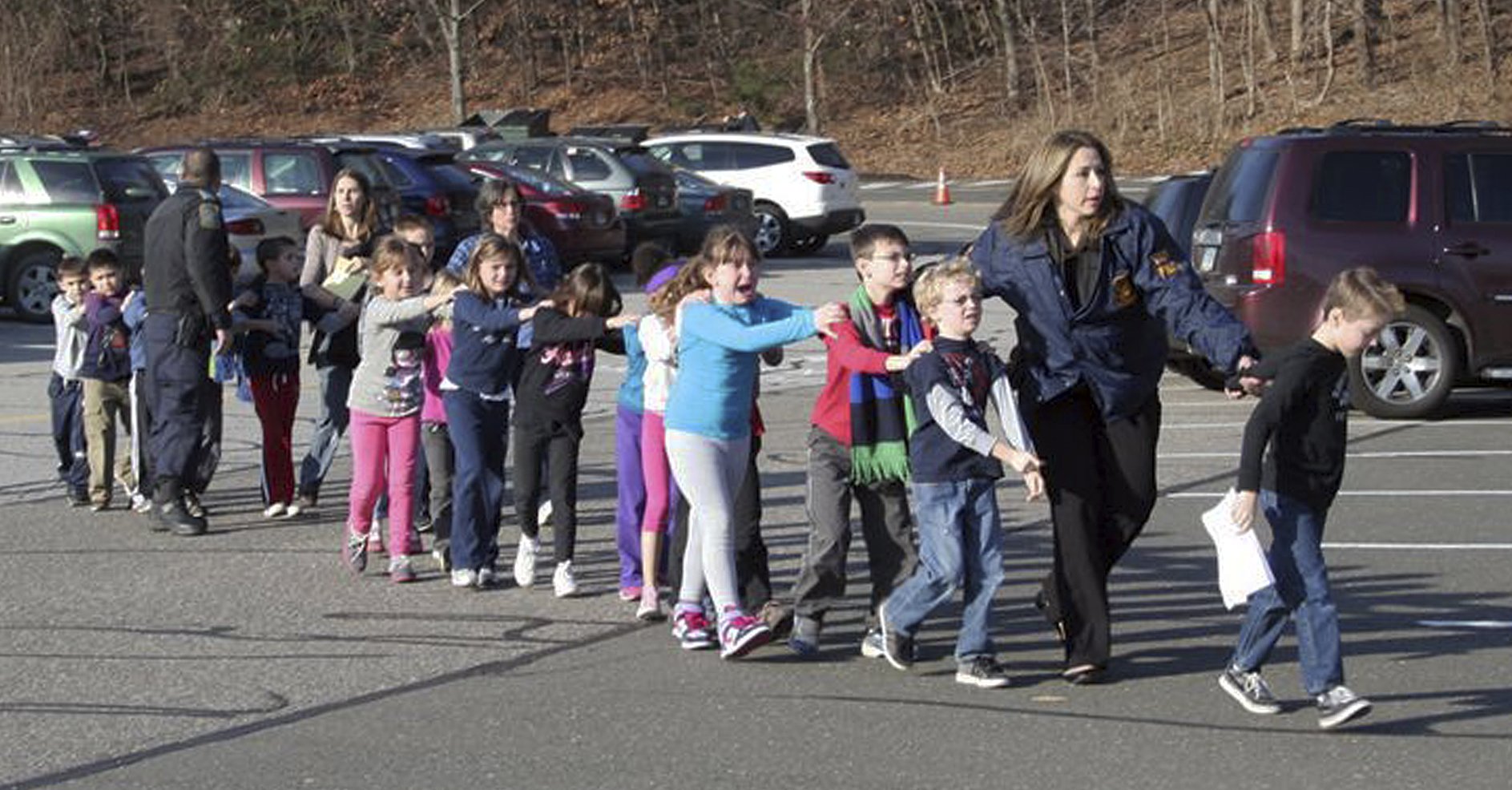Lesson 11: Community Mental Health Problems: Violence
Attention
The "apple" may not fall far from the tree.
"A History of Violence," 2006, may be the most linear depiction of violence, past, present, and future ever made for public entertainment. The title warns you, but it takes time to build to its climax.
"A History of Violence" Official Trailer - Click HERE to view this video directly on YouTube
World war. Genocide. Covert military action.
Code words for humans at their worst.
A new wrinkle has occurred on the landscape of horrors, the "knockout" initiation, being promoted by some juvenile gangs. This involves striking an unawares person (chosen randomly), the purpose of which is to render them unconscious. This has actually been captured on a video surveillence camera at one of the locations for which it occurred. Be aware, a blow with that force minimally can cause traumatic brain injury (TBI), if not lasting damage, and death!
Sigmund Freud attempted to address the underlying problem for violence and aggression. In addition to all those forces that are social and hereditary, some are creative, others are destructive.
Society looks to psychiatry for many reasons. One may be quality of life. The expectation that safety and predictability is the provence of the criminal justice system and psychiatry is a heavy responsibility. It cannot be guaranteed.
How to explain the "unexplainable?" April 15 2013, while the whole world watched the Boston Marathon, two explosions were set off. Death, injury, and the trauma of witnessing the destruction has not passed. One of the runners, an orthopedic surgeon, realizing what had happened, changed course and headed for the hospital where has was a staff specialist. He knew he would be needed. He was.
Learning Outcomes
Upon completion of this lesson's material, students will be able to:
- Analyze the role of mental health professionals working with survivors of violence.
- Describe and discuss available interventions to assist victims of violence.
- Discuss the problem of violence in American communities.
Teaching
Reading
- Read Chapter 11 in the required textbook.
Read additionally two landmark studies:
- Bandura, A., Ross, D., & Ross, S.A., (1961). Transmission of aggression through imitation of aggressive models. Journal of Abnormal and Social Psychology. 63, 575-582.
- Milgram, S. (1963). Behavioral study of obedience. Journal of Abnormal and Social Psychology, 67, 371-0378.
Alternatively, these both appear in handbook by Roger Hock, "Forty Studies that Changed Psychology," latest edition, on reserve in Lunder Library.
While it may come as no surprise that children observing aggressive adult behavior might imitate, or increase acting-out behavior post-observation, the real surprise was how little prosocial models, or, for that matter, no model AT ALL, resulted in acting-out nonetheless. Could it be the Bandura et.al., hit on something more fundamental than imitation, something instead about human nature?
Milgram's research may equally appear transparent and understandable, insofar as adults were simply doing what they were told to do, punish a mistake every time a learner with whom they were paried, makes a mistake on a word list. But, the real question may instead have been when and at what point would the "teacher" administering the shocks, refuse to continue?
Recent publication of a book by Gina Perry (2013), entitled the "Behind the Shock Machine," documents some real and lasting psychological trauma experienced by the so-called teachers in Milgram's experiment.
If both the above are to be correctly understood, witnessing, imitating, doing violence can be as disruptive as being the victim one's self. Emotionally "strong" experiences leave strong memories. Very emotional and unusal experiences, i.e., witnessing, or being the victim of violence, leaves VERY strong memories.
Lecture
Several weeks ago I was having breakfast with a friend of mine from the next town over. Little did I know what his relationship was to the catastrophe at Sandy Hook Elementary School, in Newtown, Connecticutt. Over 40 years ago, when he and his wife came to Maine to raise a family and start a business, my friend had been an elemenatry school student at the school as a child. I have to tell you, it brought me up short. And yes, he does know grandparents and others from that community to this day. The trauma is profound. It is a spreading circle, like a ripple in the water from a pebble thrown.

Children being escorted away from Sandy Hook Elementary school
KVCC has had meetings, required, on school violence and emergency, to bring faculty up-to-speed for what to do if threat materializes on campus. I have noticed that at other school where I teach, in particular, off-campus sites for college courses occrring in public schools, that great pain has been taken to mark classrooms, both inside buildings, as well as from outside. First responders need to know where they are going. Seconds can make all the difference in the world. Additionaly for well over 40 years I have been watching the pattern of school shootings, attacks on parents, peers, principals, and so on.
Violence can also be directed to children, by parents or siblings, elders by THEIR own adult offspring, spouses to spouse or significant other, as well as complete strangers with criminal intent, either property offenses, or, to do intentional physical harm. No boundaries, or age prerequisite.
Textbook divides topic area into only seven major categories. If this is crossed by sociopathic motivation, or, psycho-pathic ideation, there is much more complexity to consider here. Add drug induced intoxication, and logical thinking and contemplatiopn of consequences are are risk.
Assessment
Lesson 11 Quiz
- Describe primary and secondary prevention actions community mental health professionals may take related to violence.
- Discuss the impact of substance abuse on mental health, child abuse, elder abuse, and homelessness.
Possible Class Discussion
What do you think about the roots and management for issues in spouse abuse? The problems here are prevalent. One of the most dangerous calls that police officers get are domestic violence. Why are these so dangerous, all around?